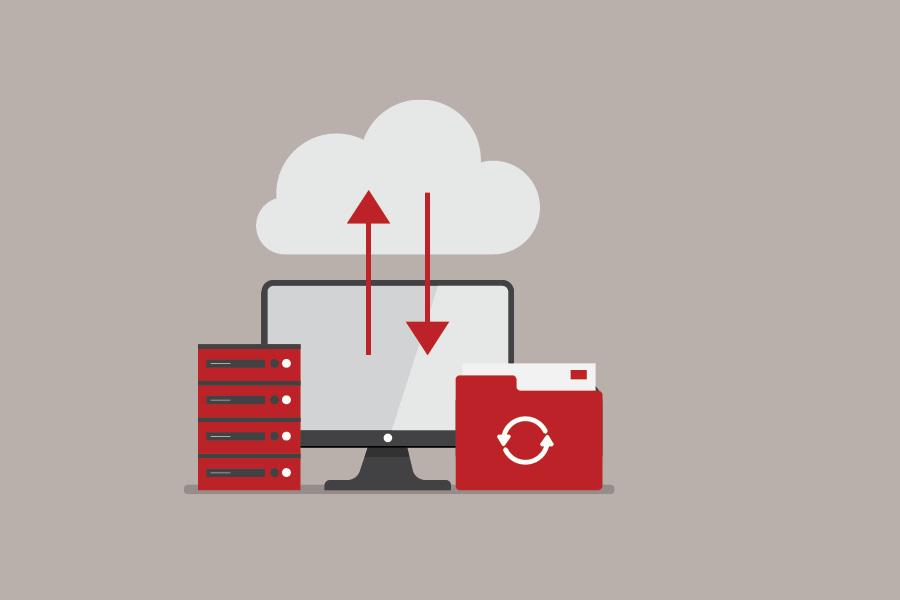Managing backups – an MSP approach
In our last blog we talked about how important backups are in the process of data recovery. Today, we’re going to take a look at a Managed Service Provider (MSP) approach to managing backups and share how our own managed services for Moodle LMS supports backups and data retention.
Responsibility and accountability for backups
Our role as an MSP means that our clients delegate the commercial responsibility of keeping their Enterprise applications available, optimised and with costs under control. With more and more applications to manage, engaging us means that their tech team has less day-to-day responsibility for the operational nuts and bolts of the application architecture.
MSP Service Level Agreements
As a provider of managed services, we are accountable, bound by Service Level Agreements (SLAs) that detail the contractual requirements for service delivery. This provides a clear view of expectations and what good looks like. These KPIs cover all aspects of our service: performance definitions, availability, backups and data retention. The service takes a considerable load off our clients own infrastructure and support teams, separating the management of production capability and production.
Managed Services – data backup practices
Cloud services for Moodle

With Catalyst’s Enterprise Moodle full managed services offering we place huge importance on protecting the data in our application stack. Our aim is to provide assurance that this data is available under a wide range of business continuity scenarios:
- Data loss or data breach
- Power loss
- Network outage
- Physical events
- Emergency communications
All of these scenarios rely on comprehensive backups to enable data recovery and a resumption of business operations.
Cloud backup tools

Our Enterprise application stacks are generally housed inside Amazon Web Services (AWS) infrastructure. We are heavily invested in understanding and utilising the best tools within the ever-increasing cloud tool-set. The AWS backup services we currently employ include:
RDS PITR – Database Snapshots
AWS provides a mature and simple mechanism for Point In Time Recovery (PITR). It is a database backup and restore capability that allows cloud engineers to easily restore a database instance to the state it was in at a specified point in time (typically within the last 30 days). This means it’s possible to stand up a working copy of the database for query and investigation purposes, which is extremely useful for discrete data recovery or issue resolution.
EBS Snapshots – Block Device Snapshots
In AWS, Elastic Block Storage (EBS) functionality allows us to easily, and without any impact, snapshot an entire working filesystem (block device) This makes it quick and simple to archive data, for recovery at a later date, if required.
S3 Object Storage
Amazon Simple Storage Service(S3 Object Storage), is an extremely cost effective way to store any kind of data. This is particularly true if you make use of the many tiers available within the service e.g. S3 Standard-Infrequent Access (S3 Standard-IA) and S3 One Zone-Infrequent Access (S3 One Zone-IA) for long-lived, but less frequently accessed data. There are different cost profiles and storage options based on the recovery and availability metrics.
Catalyst makes use of numerous S3 storage structures that allow us to store the maximum amount of application and archive data with the minimal cost. This gives us great power to deal with all manner of business continuity factors.
Leverage cloud backup innovations
The innovation within cloud computing is relentless, with a plethora of tools available to our operators and cloud engineers. The task of keeping up with these innovations, understanding what they do and then determining which ones are best suited for your infrastructure’s optimisation is time consuming and often overwhelming.
Managed services with Catalyst IT
The Managed Services Team at Catalyst manage a containerised, high availability and fault tolerant cloud architecture for clients, day-in-day-out. Let us support your applications, with the latest cloud backup innovations to provide you with the assurance that you can access a backup of your data, whatever the circumstances.

